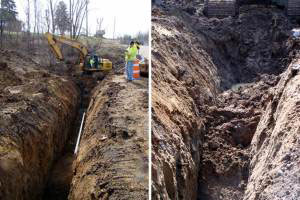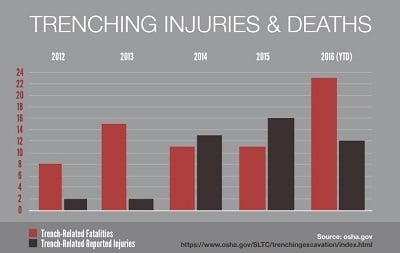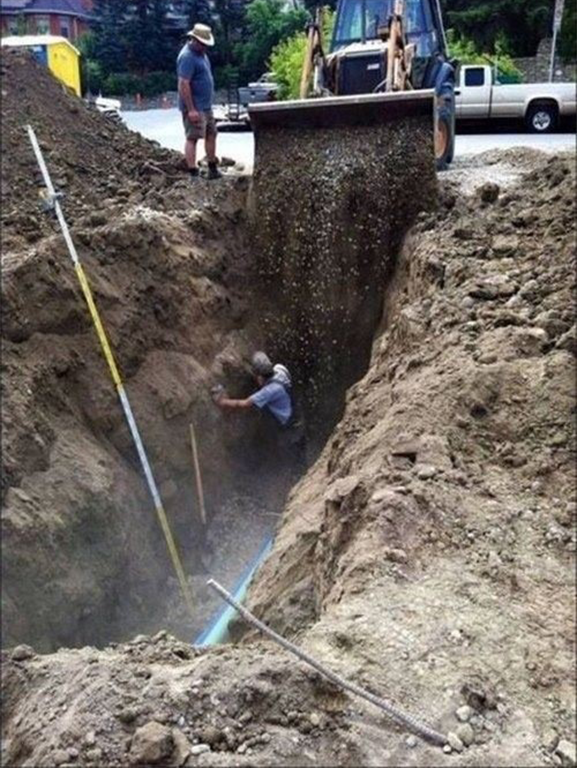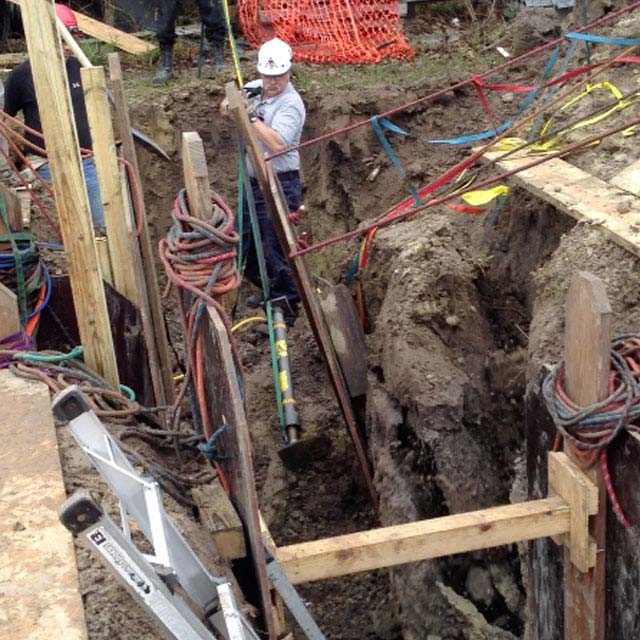
Second-degree manslaughter charges have been filed against the owner of a Seattle construction company resulting from a 2016 trench fatality. This marks the first time a workplace fatality in Washington state has prompted a felony charge, according to the Washington Department of Labor & Industries.
On January 5, the company owner was charged by the King County Prosecuting Attorney’s Office, which alleges criminal negligence in the January 2016 death of a worker, who died when the trench he was working in collapsed.
“The evidence shows an extraordinary level of negligence surrounding this dangerous worksite,” said Mindy Young, King County senior deputy prosecuting attorney.
The company was fined more than $50,000 and cited for multiple safety violations in 2016 after an investigation into the incident.
“There are times when a monetary penalty isn’t enough,” Washington L&I Director Joel Sacks said in a Jan. 8 press release. “This company knew what the safety risks and requirements were and ignored them. The felony charges show that employers can be held criminally accountable when the tragedy of a preventable workplace death or injury occurs.”
The owner also faces a gross misdemeanor charge for violating a labor safety regulation with death resulting. His arraignment is scheduled for Jan. 18.
Two workers are killed in trench collapses each month, according to OSHA. The agency states that a cubic yard of soil can weigh as much as 3,000 pounds.
Source: www.safetyandhealthmagazine.com

 A month after a 33-year-old worker died while working in an unprotected trench, OSHA inspectors found another employee of the same Missouri plumbing contractor working in a similarly unprotected trench at another job site. OSHA determined that, in both cases, the company failed to provide basic safeguards to prevent trench collapse and did not train its employees to recognize and avoid cave-in and other hazards. OSHA issued 14 safety violations found during both inspections, and proposed penalties totaling $714,142.
A month after a 33-year-old worker died while working in an unprotected trench, OSHA inspectors found another employee of the same Missouri plumbing contractor working in a similarly unprotected trench at another job site. OSHA determined that, in both cases, the company failed to provide basic safeguards to prevent trench collapse and did not train its employees to recognize and avoid cave-in and other hazards. OSHA issued 14 safety violations found during both inspections, and proposed penalties totaling $714,142. 

 The new OSHA statistics show in 2016, we have two people a month dying in trenches, which is double the amounts for 2014 & 2015. Why, is the soil getting more dangerous? I can only speak to what I have seen in trends in industry that may be contributing to this rise. In previous articles, I have discussed the subject of trench and trench rescue and some of the following concerns:
The new OSHA statistics show in 2016, we have two people a month dying in trenches, which is double the amounts for 2014 & 2015. Why, is the soil getting more dangerous? I can only speak to what I have seen in trends in industry that may be contributing to this rise. In previous articles, I have discussed the subject of trench and trench rescue and some of the following concerns:




